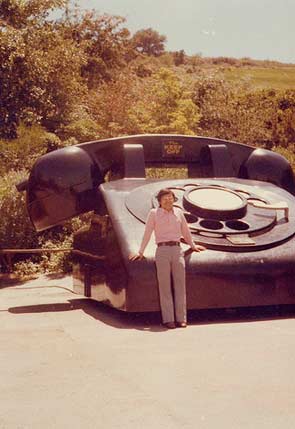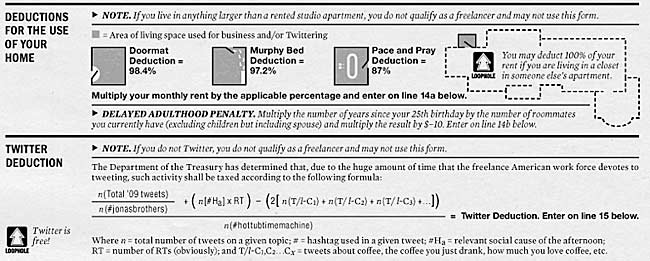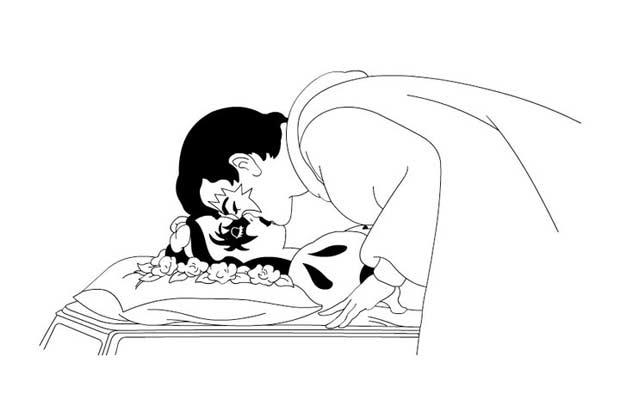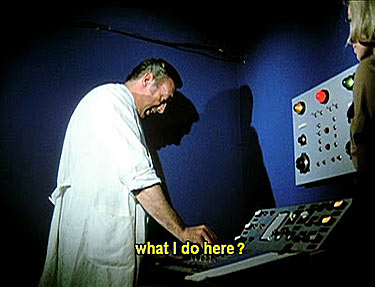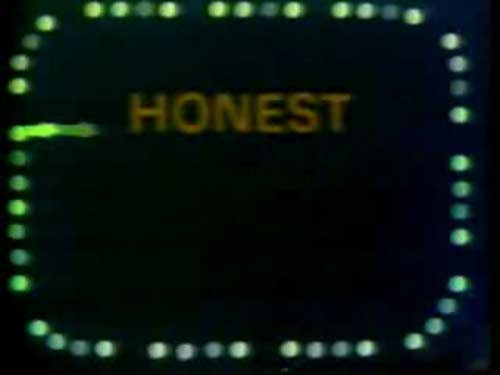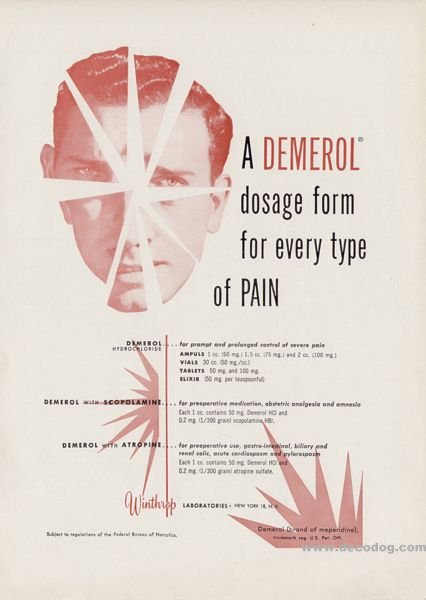Buildings consume more energy and materials than any other human activity – a reality that, for decades, has fueled interest in any improvements able to save energy and reduce costs. As energy prices continue to rise and resources dwindle, interest in “green buildings” has sparked a growing industry. According to a new report from Lux Research, the market for energy saving green buildings technologies will expand from $144 billion today to $277 billion in 2020, representing a 6.1% compound annual growth rate (CAGR). (…)
“The developed world’s 728 billion square feet of residential, commercial, and government floor space account for nearly 40% of its primary energy use, and consume 72% of its electricity,” said Michael LoCascio, a Senior Analyst at Lux Research, and the report’s lead author. “But while there’s increasing interest in cost-saving green building technologies, the market remains poorly defined.” (…)
The report focuses on energy-saving green building technologies, and examines the prospects for more than thirty “established green” and “emerging green” technologies, based on primary interviews with engineers, contractors, architects, and technology suppliers, as well as rigorous secondary research of technology development and pricing trends. Among its key conclusions:
1.) The energy-saving equipment category will gear up to reach $146 billion in 2015. The market’s largest segment, green building equipment, comprises lighting, HVAC and water heating systems; as well as energy-generation technologies, such as rooftop solar, building-integrated PV, and combined heat and power systems. The segment represented an impressive $67 billion in 2009, but new growth in LEDs, smart lighting, and advanced heat technologies will help sustain a 7.3% CAGR through 2015.
2.) The services segment will deliver the most robust growth. The green services category encompasses energy service companies (ESCOs), demand response, building energy management, and smart meters. In 2009, it represented only 11% of the green building market with $16 billion in revenues. But strong expansion of emerging technologies, like demand response, will expand the segment’s revenues to $55 billion in 2020, reflecting a robust 12% CAGR.
3.) Materials are the slowest growing segment, with a few bright spots. Energy-saving green building materials, such as insulation, windows, and structural materials amounted to $62 billion in 2009; the segment will reach $75 billion in 2015, a relatively slight 2% CAGR. Emerging technologies to watch, however, include electrochromic, thermochromic, and thermoreflective windows, which control how much sunlight windows admit.
“The adoption cycle for green building technologies is comparatively long, and growth will rely in part on subsidies,” said LoCascio. “The biggest driving factor, however, is straight-up economics. Technologies that can provide a payback in three years are more likely to be adopted by commercial building owners. Those providing payback in five years, however, are still attractive for government buildings.”
{ Josh Wolfe, Weekly Insider, April 9, 2010 }

